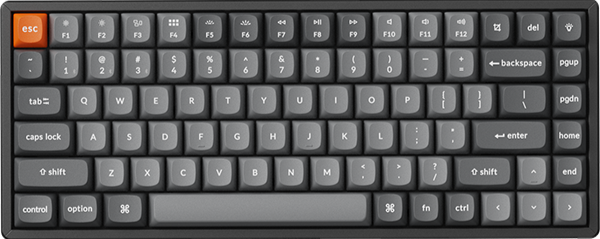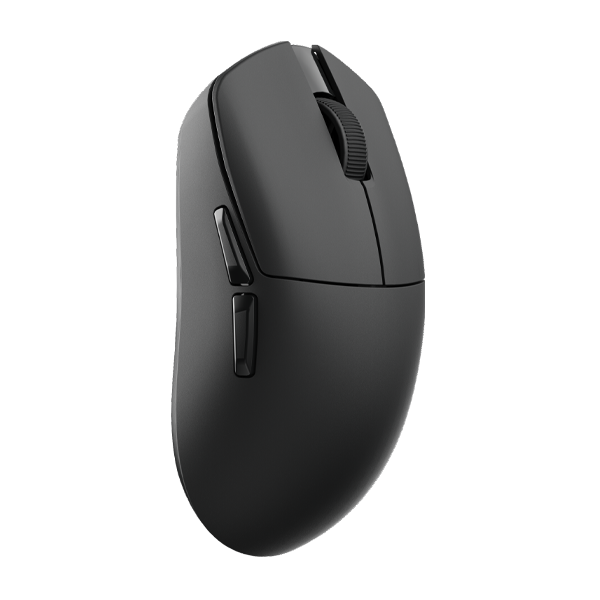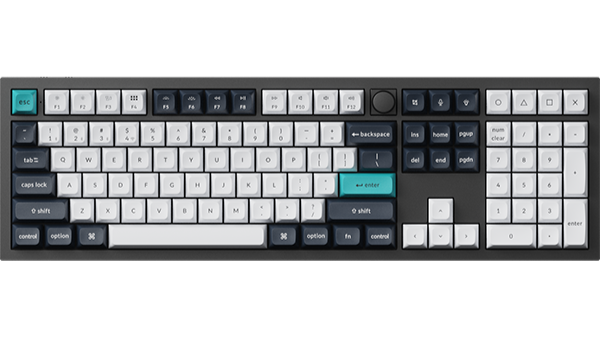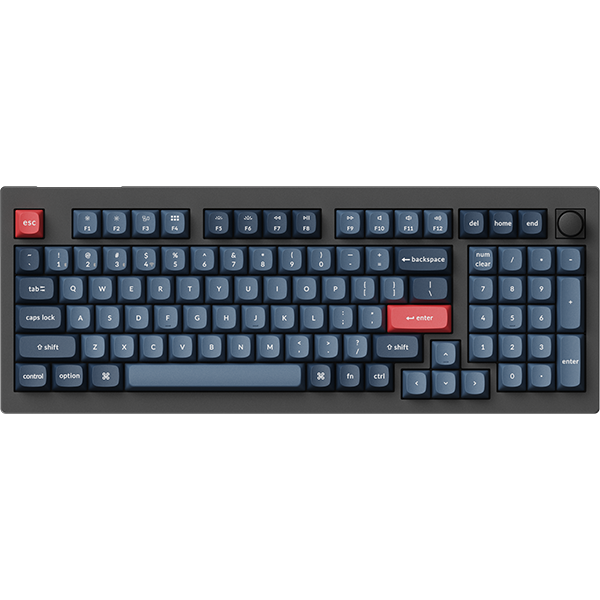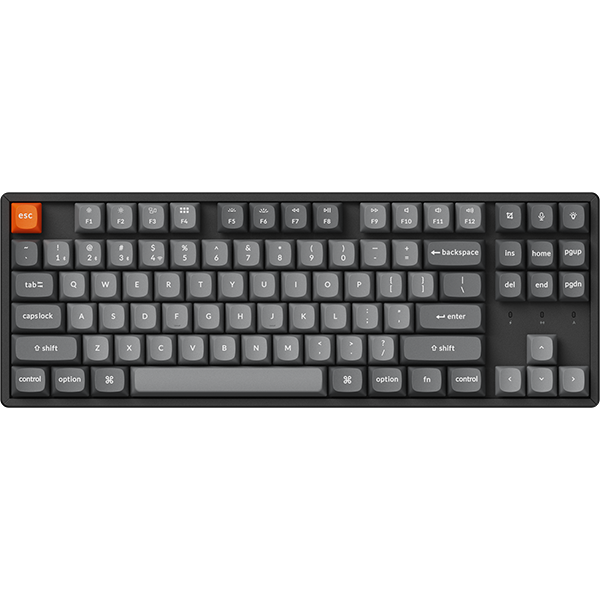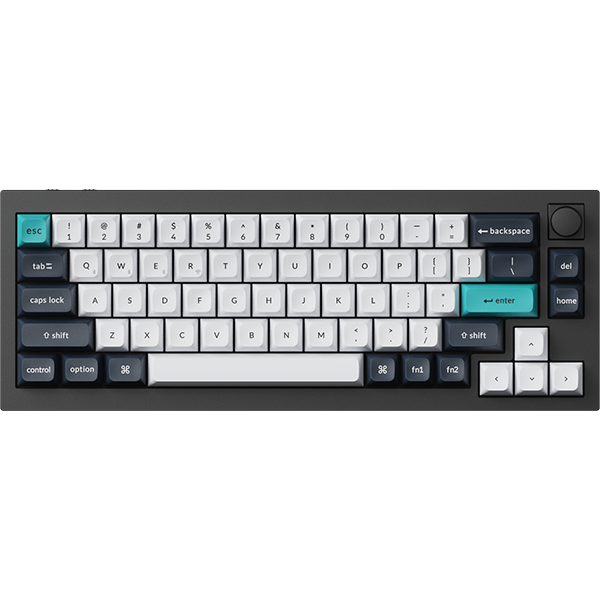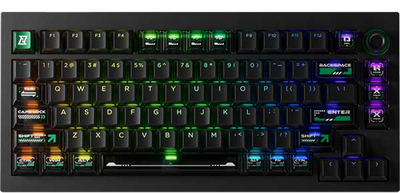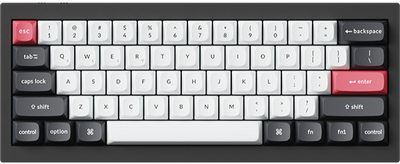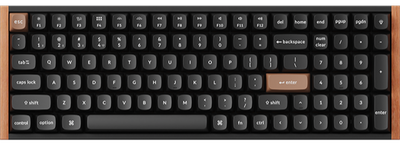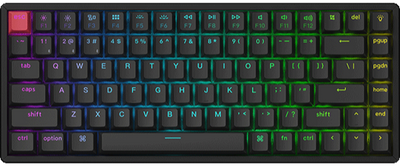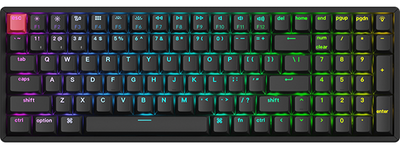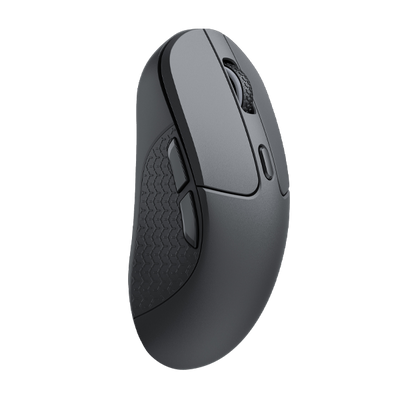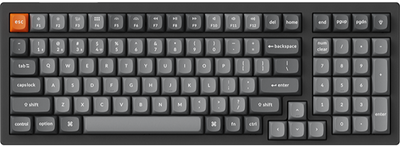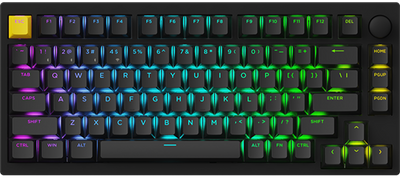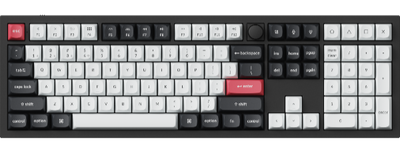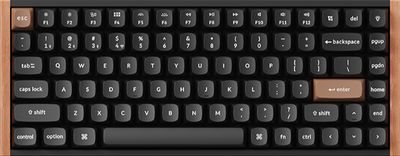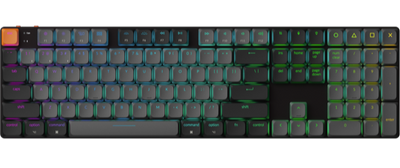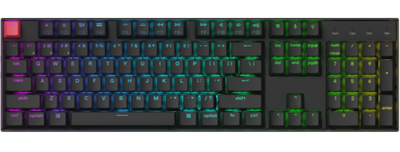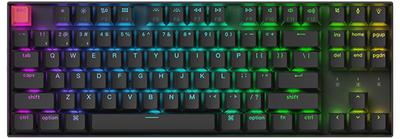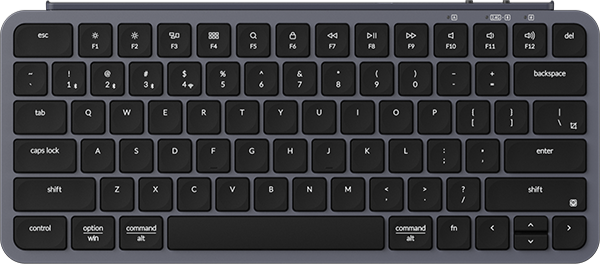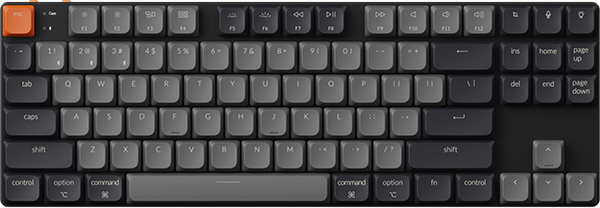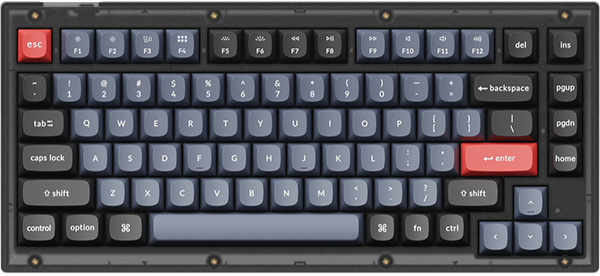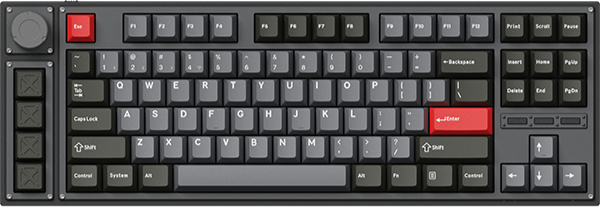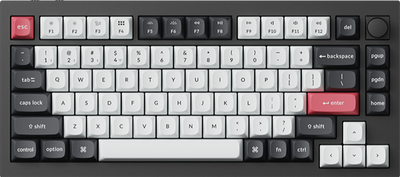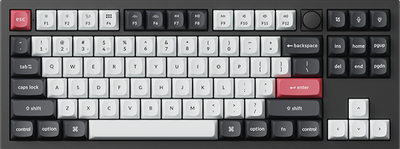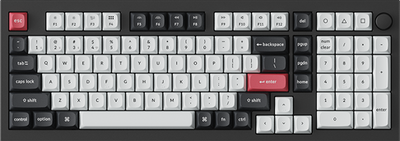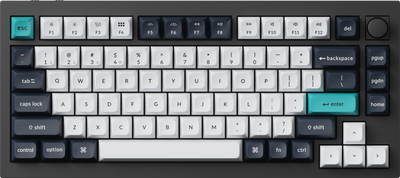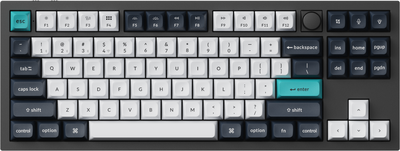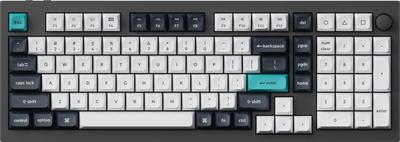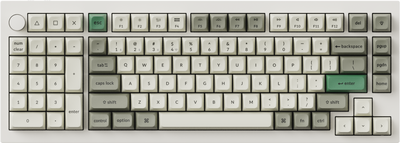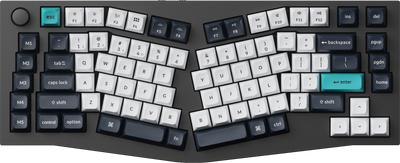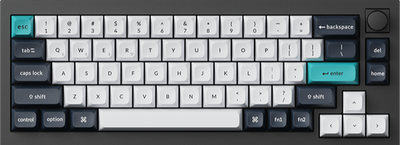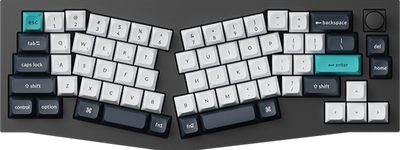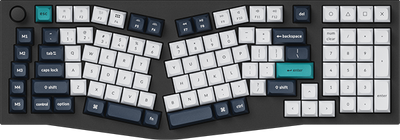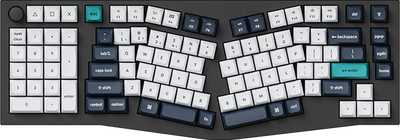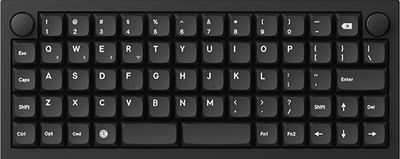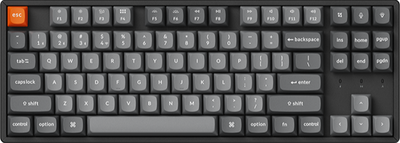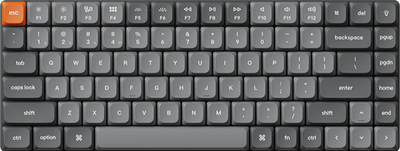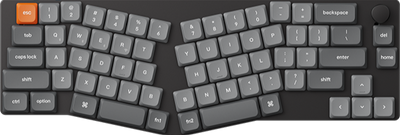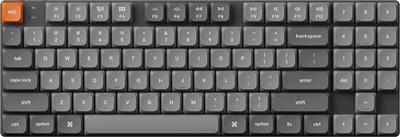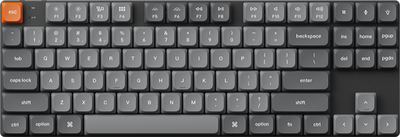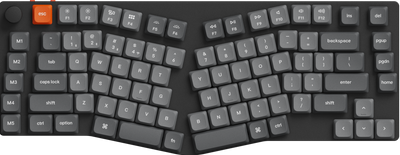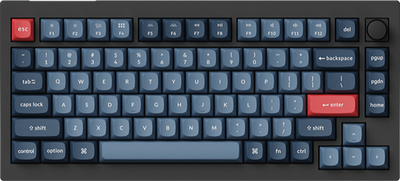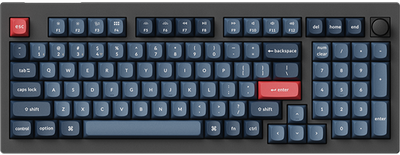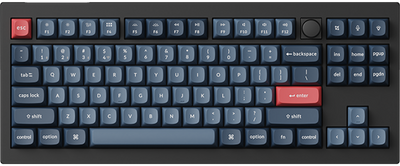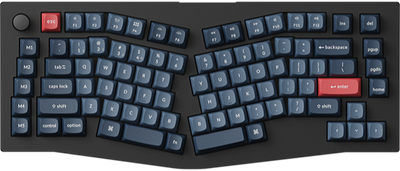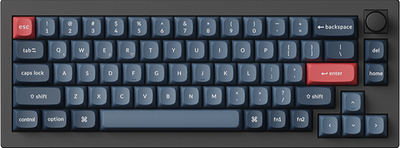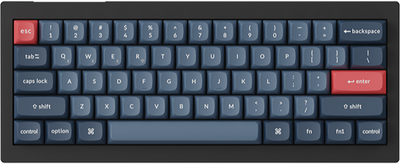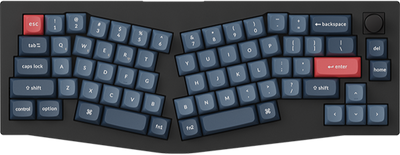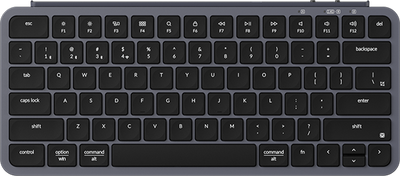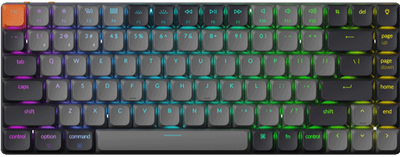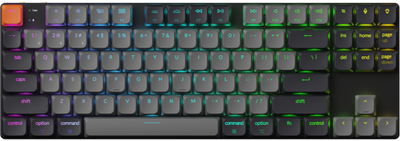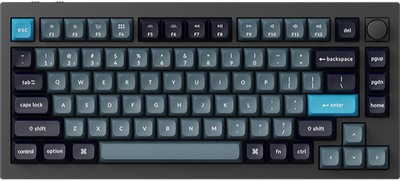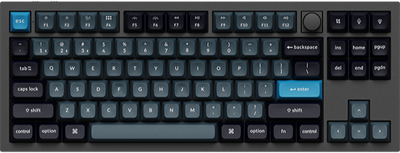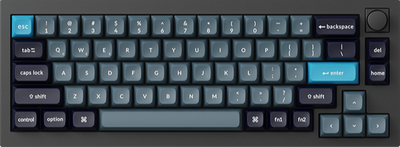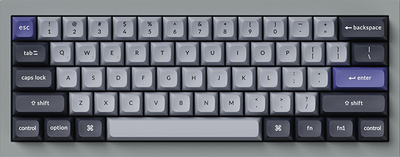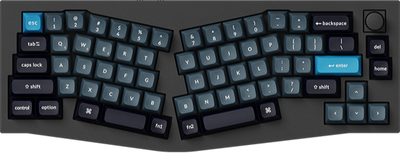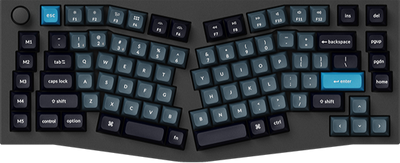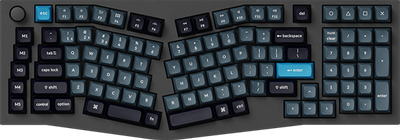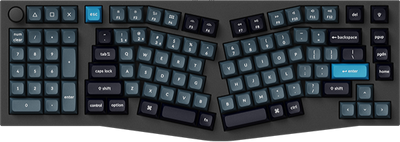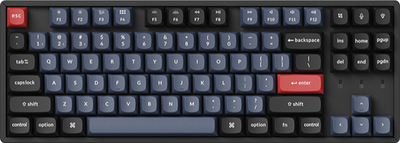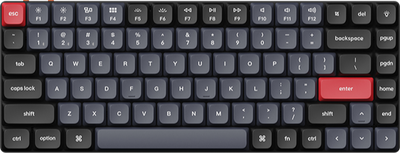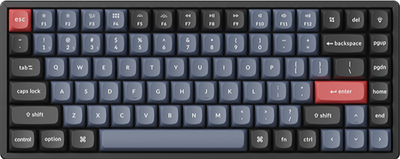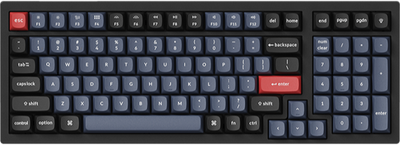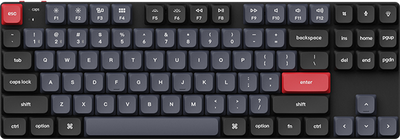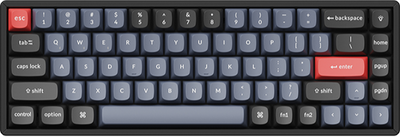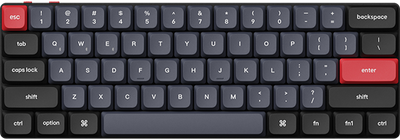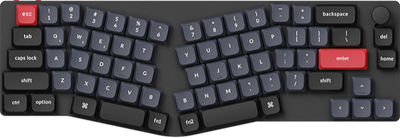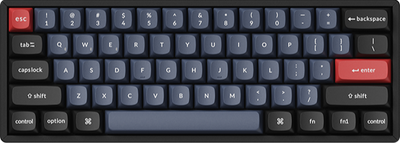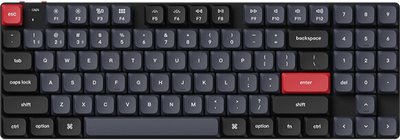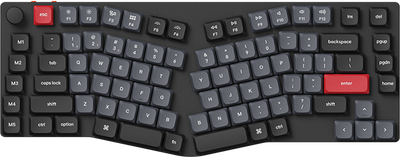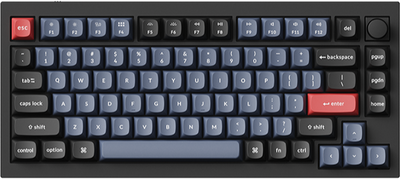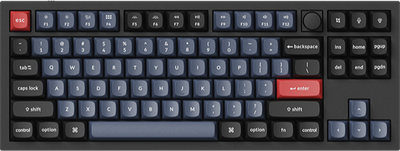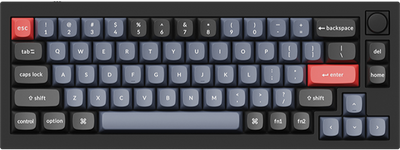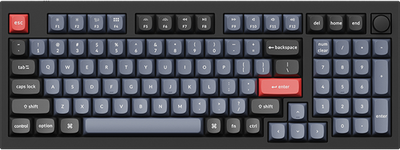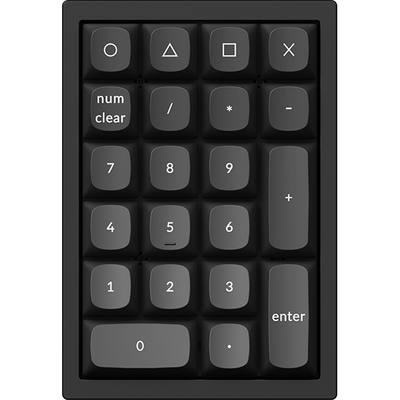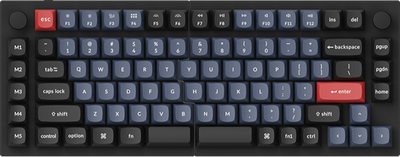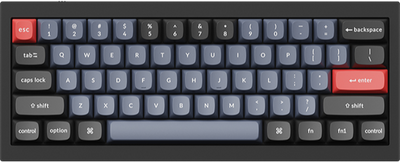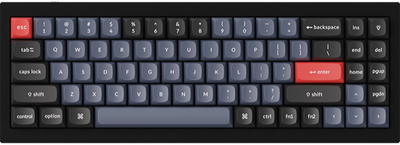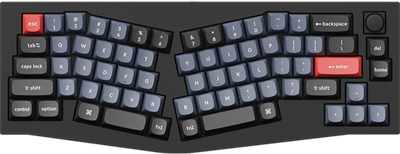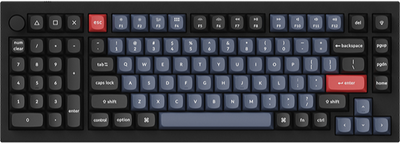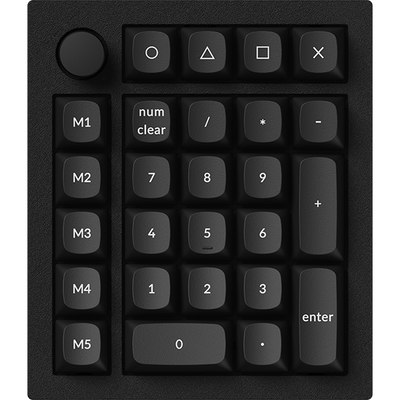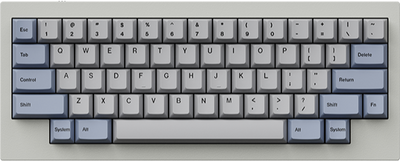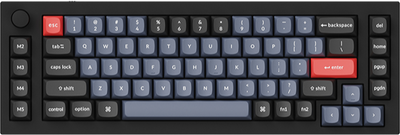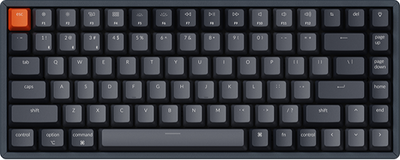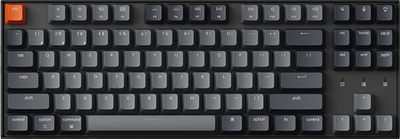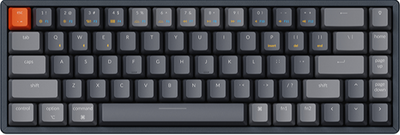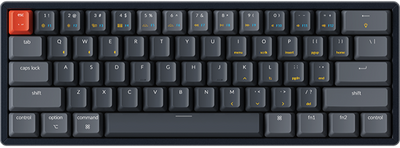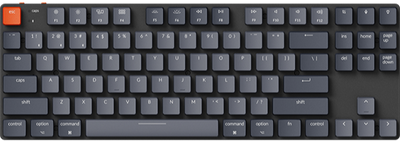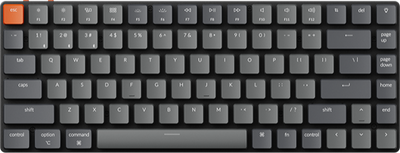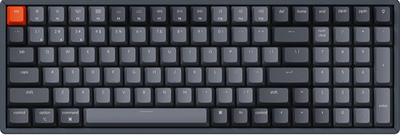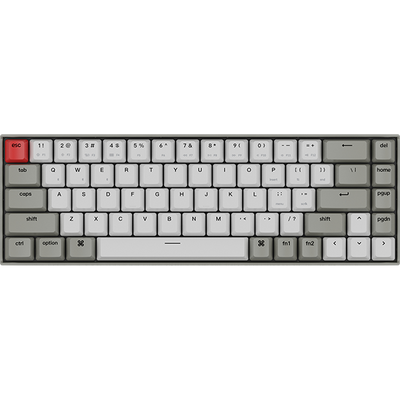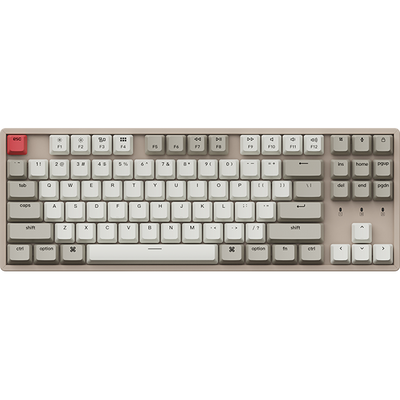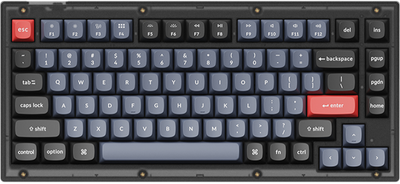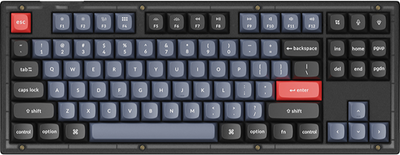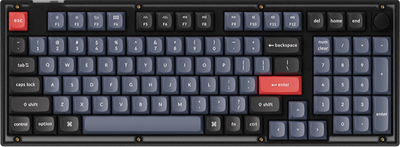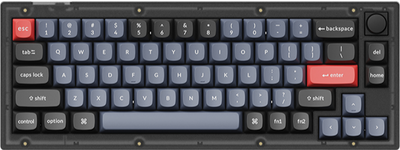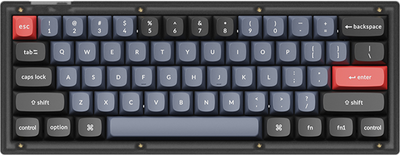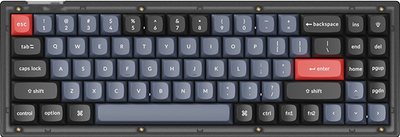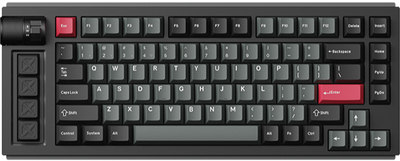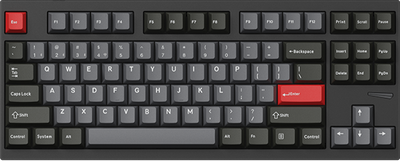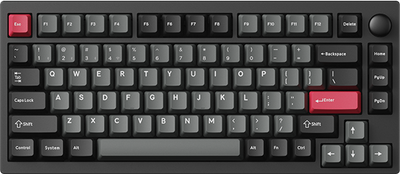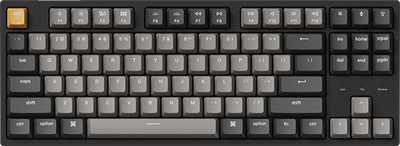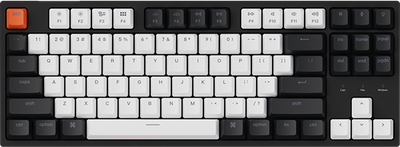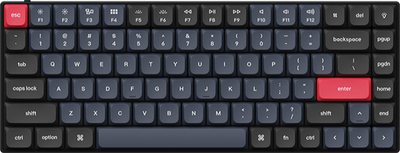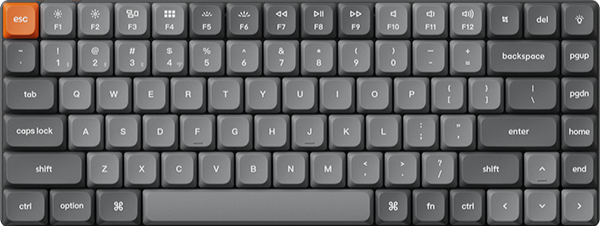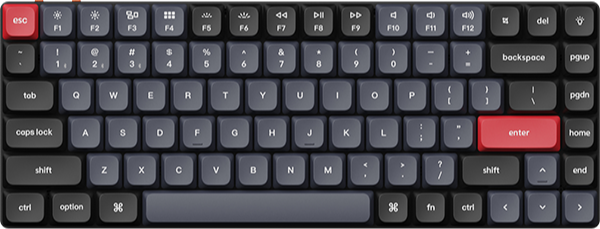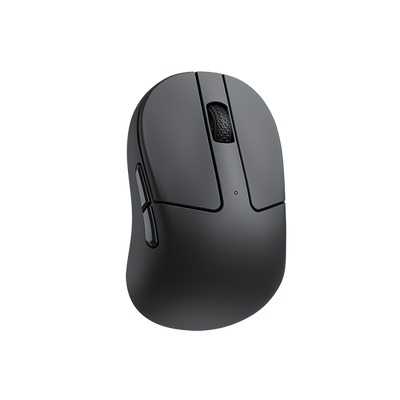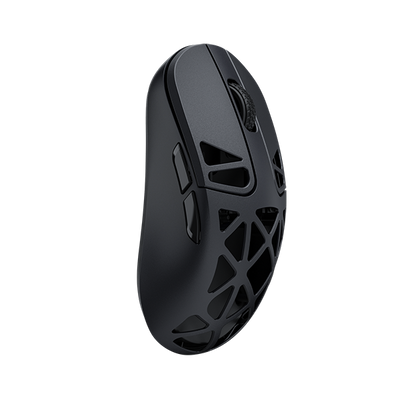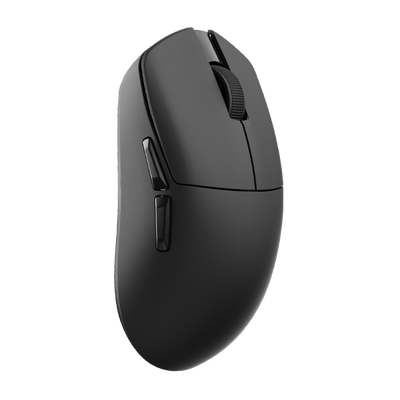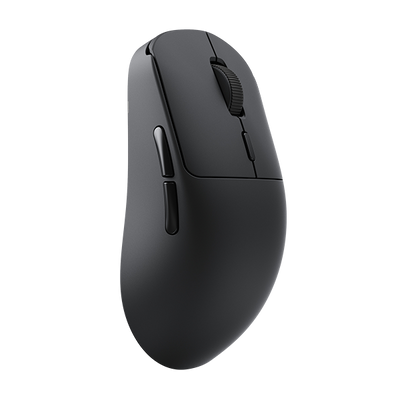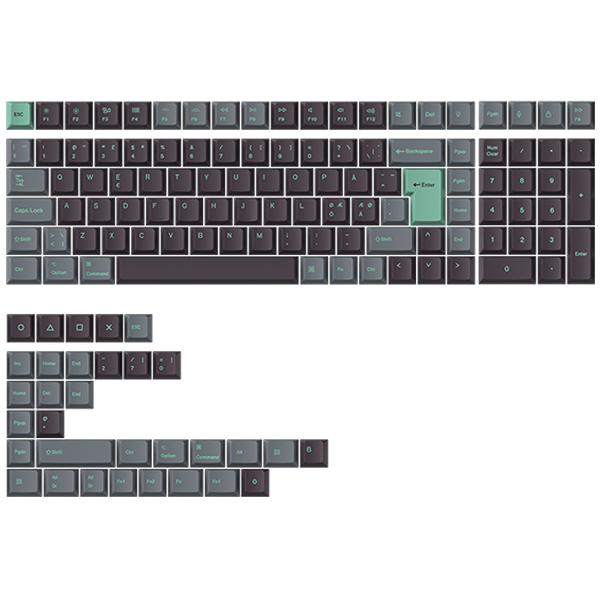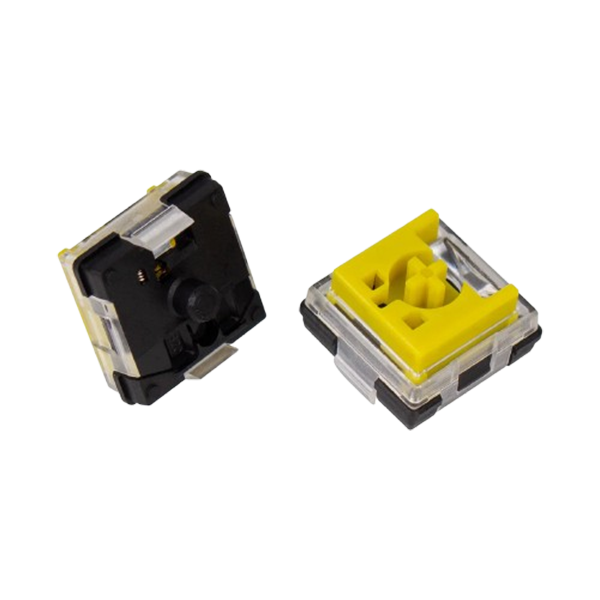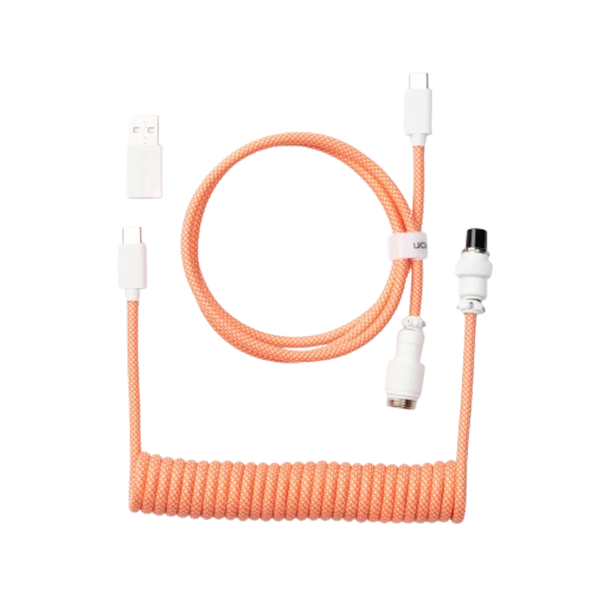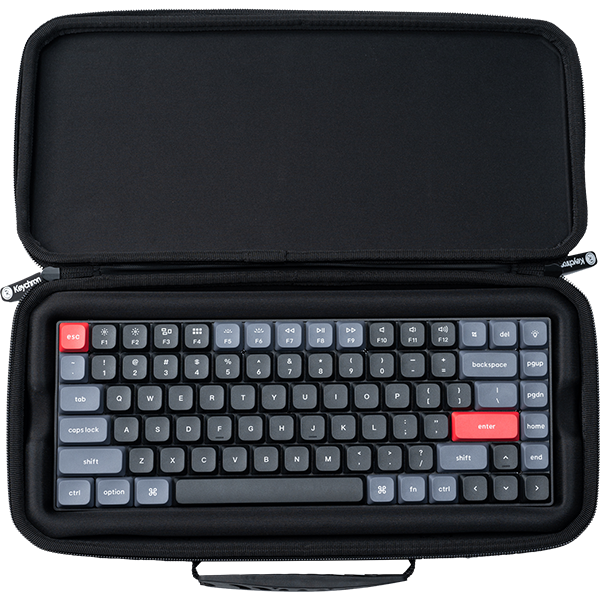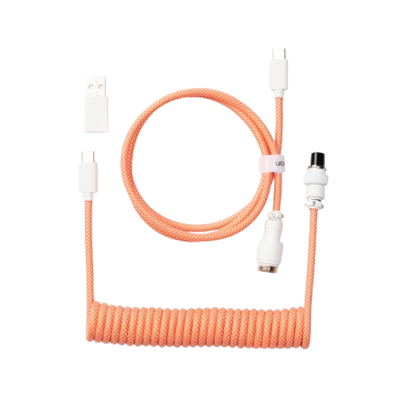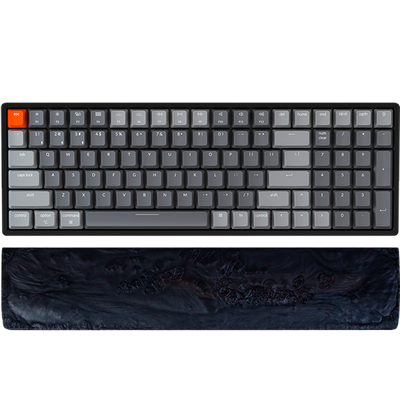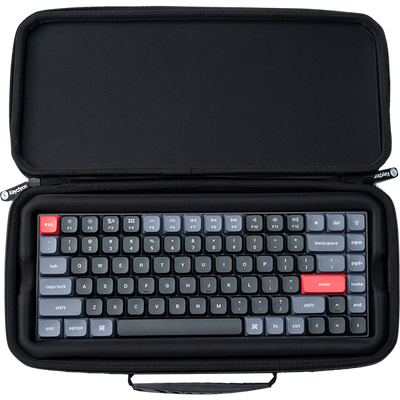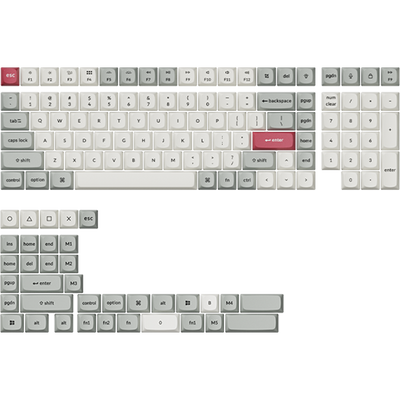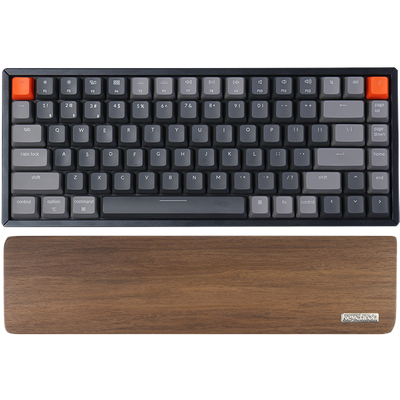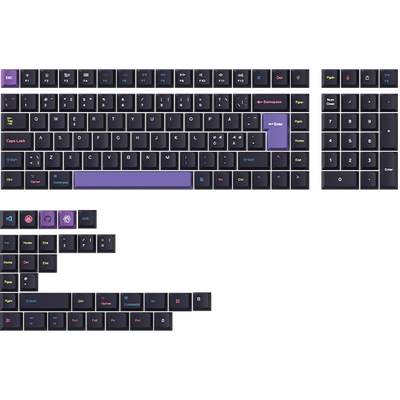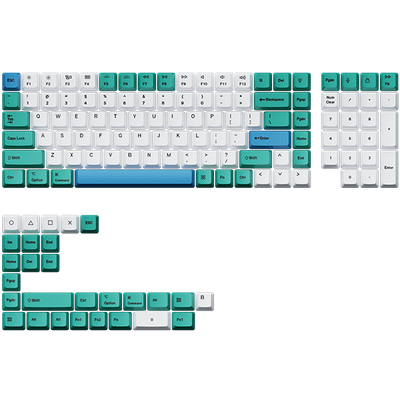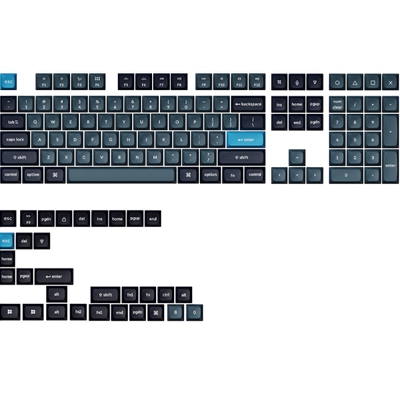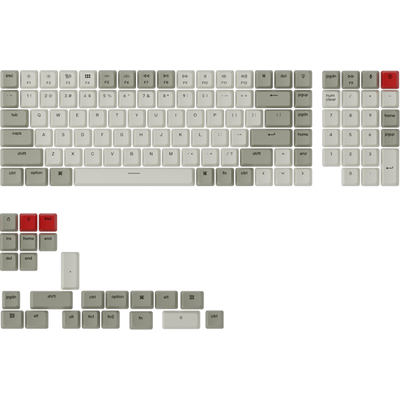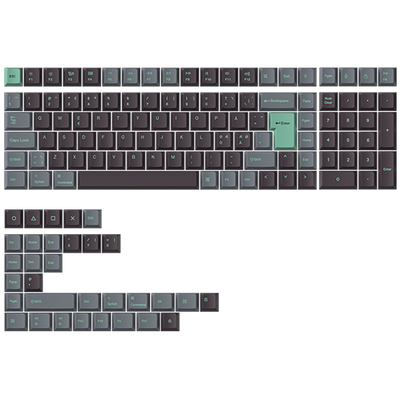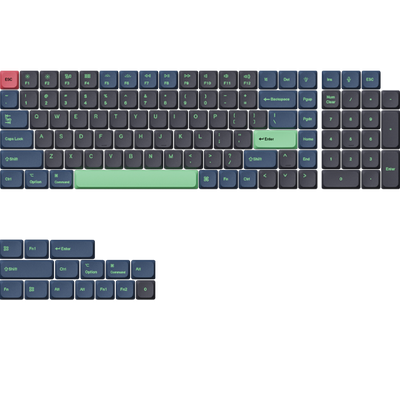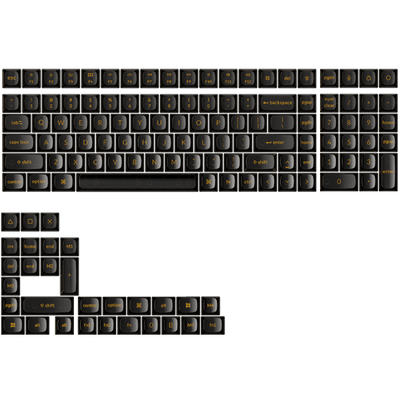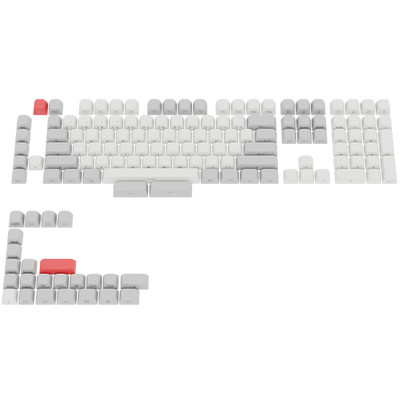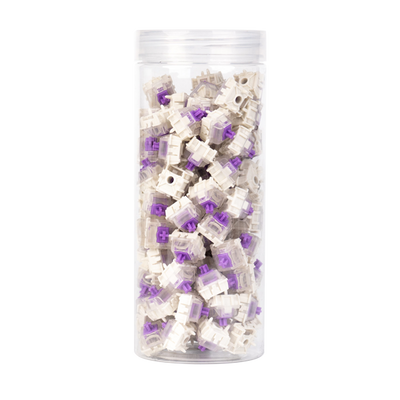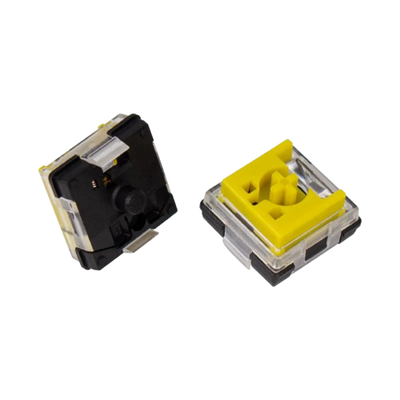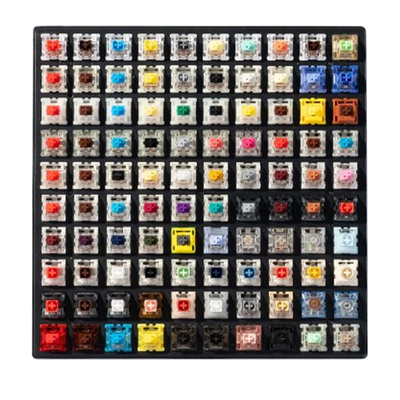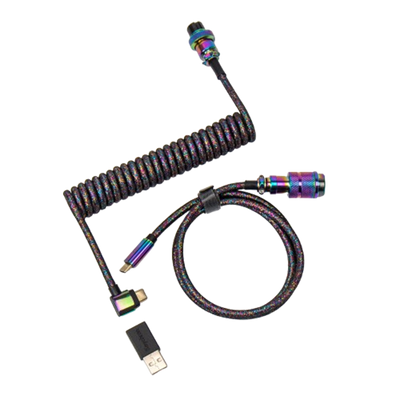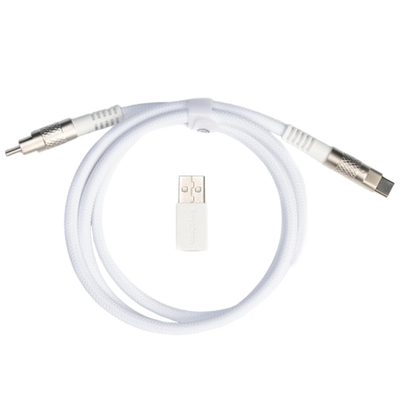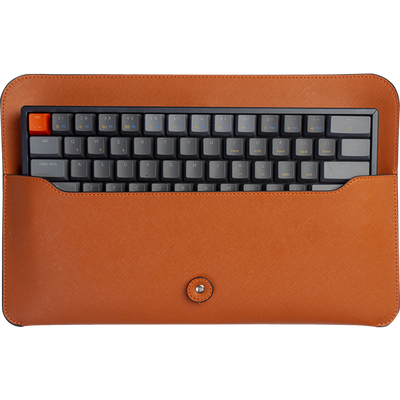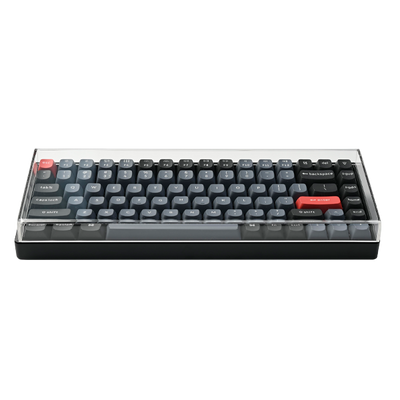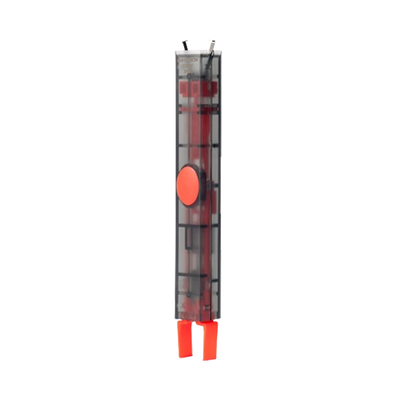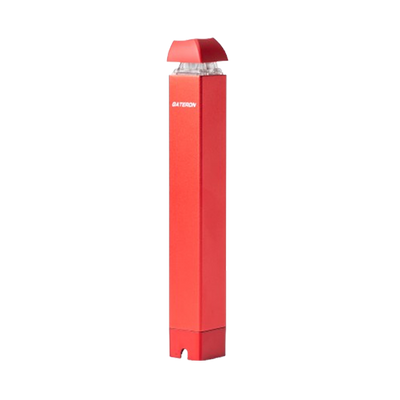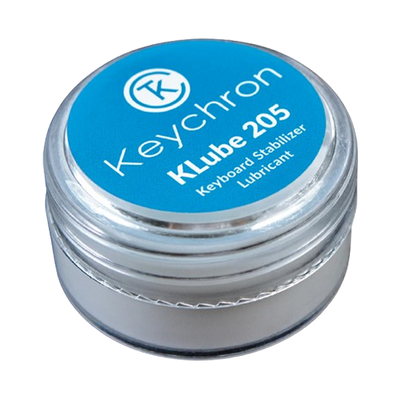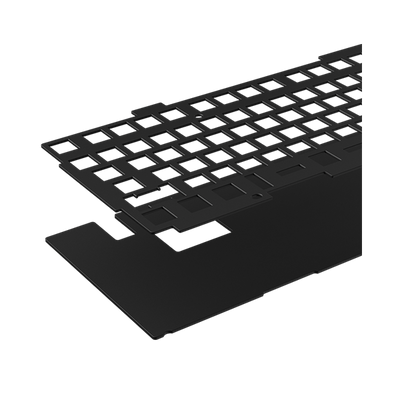If typing triggers wrist pain, finding the best keyboard for carpal tunnel is your first step toward relief. Keychron’s ergonomic designs—like the Q11 (split layout), and V8 Max (Alice curved keys)—prioritize comfort with split frames, adjustable tenting, and low-impact switches.
These keyboards ditch strain-inducing layouts for ergonomic shapes that keep wrists neutral, all while retaining familiar typing feel. No gimmicks—just smart engineering to reduce tension.
Ready to type without agony? Keep reading to see which Keychron model fits your workflow (and finally lets you focus on work, not pain).
Why The Best Keyboard For Carpal Tunnel Matters
Choosing the right keyboard can make a huge difference for your wrist health when dealing with carpal tunnel syndrome. The proper ergonomic design helps prevent pain and allows for longer, more comfortable typing sessions.
How Ergonomic Design Reduces Wrist Strain And Pain
When you type on a standard keyboard, your wrists often bend at unnatural angles. This position compresses the median nerve in your carpal tunnel, causing pain, tingling, and numbness.
Ergonomic keyboards are specifically designed to keep your wrists in a more natural position.
These keyboards allow your hands to rest at shoulder width, reducing the awkward angles that worsen carpal tunnel syndrome.
Your wrists stay straighter, which decreases pressure on the median nerve. Using an ergonomic keyboard can significantly reduce pain after just a few weeks of use.
One small study found that an ergonomic keyboard reduced pain after 12 weeks of consistent use.
By keeping your wrists in a neutral position, you'll experience less strain during long typing sessions. This can help prevent repetitive strain injuries (RSI) that often accompany or worsen carpal tunnel syndrome.
Key Features To Look For: Split Layouts, Tenting, And Low-Force Switches
Split Layouts: Keyboards with split designs let your hands type at shoulder width. This natural position keeps your wrists straight and reduces strain.
Tenting: This feature elevates the middle of the keyboard, creating a tent-like shape. Tenting reduces the pronation (flat rotation) of your forearms, which helps decrease pressure on nerves and tendons.
Low-Force Switches: Keys that require less pressure to activate reduce the strain on your fingers and wrists. Mechanical keyboards with light tactile switches or good-quality membrane keys can make typing gentler on your hands.
Padded Wrist Rests: A well-padded wrist rest supports your wrists and forearms. This helps you maintain a comfortable neutral position during long typing sessions.
Thumb Keys: Some ergonomic keyboards place commonly used keys under your thumbs, like backspace, enter, and modifiers. This design reduces finger stretching and awkward movements.
Top Keychron Keyboards For Carpal Tunnel Relief
Keychron offers several keyboard models specifically designed to reduce wrist strain and help with carpal tunnel symptoms. Their ergonomic options combine thoughtful design with quality mechanical switches to create comfortable typing experiences.
Keychron Q11 QMK Custom Mechanical Keyboard: Split Layout + Adjustable Tenting For Natural Wrist Alignment
The Keychron Q11 stands out as the best value ergonomic split keyboard on the market. It features a fully separated split design that lets you position each half at shoulder width.
This natural position keeps your wrists straight rather than bent inward.
The keyboard includes adjustable tenting brackets that elevate the inner edges. This tilt promotes a more neutral wrist position that reduces pressure on the carpal tunnel. You can customize the angle to match your exact comfort needs.
With its hot-swappable switches, you can choose lighter switches that require less force to press. This reduces finger strain during long typing sessions. The Q11 also offers full QMK programmability, letting you map keys to minimize awkward finger stretches.
The solid aluminum construction ensures stability even when typing with force. Many users with carpal tunnel report significant pain reduction after switching to this model.
Keychron V8 Max (Alice Layout): Curved Alice Design To Minimize Finger Stretching
The Keychron V8 Max uses an "Alice" layout - a curved, semi-split design that positions keys at angles matching your natural finger movements. This ergonomic approach maintains the convenience of a connected keyboard while delivering many split-keyboard benefits.
Its thoughtfully curved key arrangement follows your fingers' natural arcs, reducing stretch distance to commonly used keys and keeping your wrists in a more neutral position.
The keyboard's lower profile minimizes wrist extension, while its gasket mount design introduces subtle flex during typing to reduce impact.
Customize your typing experience by selecting switch types that match your comfort needs—many users with repetitive strain concerns prefer lighter tactile switches that provide feedback without excessive force requirements.
Keychron Q14 Max Wireless: Ergonomic Split + Wireless Freedom For Flexible Desk Setups
The Q14 Max Wireless combines split ergonomics with cable-free convenience.
This keyboard allows you to adjust the distance and angle between halves without dealing with cable length limitations.
You can create the perfect setup that aligns with your shoulder width. This proper alignment helps prevent the inward wrist bending that often aggravates carpal tunnel symptoms. The wireless design also lets you change positions throughout the day.
The Q14 features a comfortable wrist rest that supports your hands at the right height. This prevents your wrists from bending upward, another position that can increase carpal tunnel pressure.
Battery life exceeds 100 hours, so you won't need to worry about frequent charging. The keyboard includes three connection modes: Bluetooth, 2.4GHz wireless, and USB-C wired, giving you flexibility for different setups.
Keychron Q13 Max Wireless: Compact Alice Layout With Tenting For Portability And Comfort
The Q13 Max Wireless offers a space-saving Alice layout with added tenting capabilities.
This compact design is perfect if you need to switch between work locations while managing carpal tunnel symptoms.
The keyboard's curved design naturally positions your fingers at comfortable angles. The built-in tenting lifts the inner edges, helping keep your forearms in a more natural rotated position. This reduces pronation strain that can worsen carpal tunnel pain.
Despite its portable size, the Q13 doesn't compromise on ergonomic features. It includes a low-profile design to minimize wrist extension and programmable keys to reduce awkward reaching motions.
The wireless capability lets you position the keyboard exactly where it feels most comfortable for your arms and shoulders. You can easily switch between three devices, making it practical for work across multiple computers while maintaining proper ergonomic positioning.
How Keychron Keyboards Tackle Carpal Tunnel Symptoms
Keychron offers several keyboard features designed to help reduce the pain and discomfort associated with carpal tunnel syndrome. Their ergonomic designs focus on proper hand positioning and reduced strain.
Split And Alice Layouts: Reducing Shoulder Tension And Wrist Pronation
Keychron's split keyboard designs help your hands stay at shoulder width. This natural position cuts down on shoulder strain that happens when you use regular keyboards.
The Alice layout is a curved design that lets your wrists sit in a more natural angle.
Your hands don't have to bend outward as much, which helps with wrist pronation problems.
These keyboards allow you to type with your arms and wrists in a more relaxed position. Some models let you place the two halves exactly where they feel most comfortable for your body.
Using a split keyboard may feel weird at first. Give yourself about two weeks to get used to it. Many users report less pain after making the switch to these ergonomic layouts.
Adjustable Tenting Kits: Custom Angles To Keep Wrists Neutral
Tenting is when your keyboard is raised in the middle, creating a tent-like shape.
Keychron offers tenting options that lift the inner edges of the keyboard. This setup helps keep your wrists in a neutral position. It stops your arms from twisting inward, which can put pressure on your carpal tunnel.
You can adjust the tenting angle on many Keychron models. This lets you find the perfect height for your hands.
Some users prefer a mild 5-degree angle, while others feel better with steeper 15-20 degree angles.
The best part is that you can change the tenting over time. If your wrists feel different one day, you can quickly make adjustments to stay comfortable.
Low-Profile Switches vs. Tactile Feedback: Balancing Comfort And Typing Precision
Keychron offers both low-profile and standard height keyboards.
Low-profile keys need less finger movement and can reduce strain during long typing sessions.
The type of switch matters too. Tactile switches give you feedback without needing to press all the way down. This can help reduce the impact on your fingers and wrists.
Some Keychron keyboards allow hot-swapping switches. You can try different types to see what feels best for your hands.
Lighter switches (35-45g actuation force) often work well for those with carpal tunnel. Many users with wrist pain find that mechanical keyboards from Keychron help them type with less pain.
The key is finding the right balance between easy keystrokes and enough feedback to avoid hitting keys too hard.
Choosing the Best Keyboard For Carpal Tunnel: Keychron Comparison

Keychron offers several ergonomic keyboard options that can help reduce carpal tunnel pain. These keyboards combine modern features with ergonomic design principles to support proper wrist positioning.
Wired vs. Wireless: Which Suits Your Workspace Setup?
Keychron gives you both wired and wireless options for carpal tunnel relief.
Wireless models like the Keychron Q11 let you position your keyboard exactly where it feels most comfortable without cable constraints.
This freedom helps you maintain neutral wrist positions throughout the day.
Wired models offer consistent connection without battery concerns. They're ideal if you stay at one desk all day.
Many ergonomic keyboard users prefer this reliability.
Your choice depends on your workspace. Do you move between areas? Go wireless. Stay put? Wired might serve you better.
Split vs. Alice: Layout Pros For Different Pain Points
Keychron offers both split designs (like the Q11) and Alice-style curved layouts.
Split keyboards physically separate the left and right sides, allowing your shoulders and wrists to rest in a more natural position.
The Alice layout uses a curved design that sits between traditional and split keyboards. It helps align your wrists without completely separating the halves.
For severe carpal tunnel, split keyboards provide maximum relief by eliminating wrist deviation.
Your specific pain matters here. If you experience outer wrist pain, Alice layouts help. For shoulder and inner wrist pain, fully split designs work better.
Try placing your hands naturally on your desk. The position they fall into shows which layout might help you most.
Customization Tips: Remapping Keys For Minimal Finger Movement
Keychron's customizable keys let you create a layout that minimizes strain.
Place frequently used commands under your strongest fingers to reduce overuse of weaker ones.
Start by moving backspace and enter to thumb keys.
Your thumbs are stronger than your pinkies and this small change reduces pinky stretching significantly.
Use QMK/VIA compatibility on Keychron boards to create multiple layers. This lets you access numbers and symbols without reaching.
Try these specific remaps:
- Move backspace to a thumb key
- Create a numpad layer under your right hand
- Position modifier keys (Ctrl, Alt) where they don't require pinky stretching
Keychron's mechanical switches provide better tactile feedback while requiring less force to activate.
Remember that changing too much at once creates frustration. Add one new customization per week until you find your perfect setup.
Maintaining Comfort With Your Carpal Tunnel Keyboard
Proper Typing Posture Paired With Keychron Ergonomics
Getting the most from your ergonomic keyboard requires attention to how you use it. The right setup can reduce pain and help prevent further issues with carpal tunnel syndrome.
Your typing posture matters as much as the keyboard you choose. Keep your wrists straight and your elbows at a 90-degree angle.
This neutral position helps reduce strain on your wrists.
Ergonomic keyboards like those from Keychron are designed with split layouts that allow your hands to rest in a more natural position.
These keyboards often feature tenting options, which means the middle is raised higher than the sides. This helps keep your wrists from twisting.
Make sure your shoulders stay relaxed while typing. Tension in your shoulders can travel down to your wrists.
Take short breaks every 20-30 minutes to stretch your hands and wrists.
Using Wrist Rests And Desk Setups To Maximize Relief
A good wrist rest provides crucial support for your hands. Look for memory foam or gel rests that are soft but firm enough to keep your wrists elevated.
Your desk height plays a big role in comfort too. The keyboard should sit at elbow height or slightly below. Too high or too low can increase pressure on your wrists.
Consider these desk setup tips:
- Position your monitor at eye level
- Keep your mouse close to your keyboard
- Use a chair with good arm support
- Place frequently used items within easy reach
Some keyboards for carpal tunnel come with built-in palm rests, which can be even better than separate wrist rests because they're designed to work perfectly with the specific keyboard.
Long-Term Benefits Of Investing In The Right Ergonomic Keyboard
Spending money on a quality ergonomic keyboard is an investment in your health.
Beyond pain relief, these keyboards can boost your typing speed and accuracy over time. Many people find they can work longer without discomfort.
Benefits you might notice:
- Less wrist and hand pain
- Reduced numbness in fingers
- Better blood flow to hands
- Increased productivity
Some similar portable ergonomic options let you maintain good typing habits even when you're not at your main desk. This consistency helps your muscles develop better habits and prevents flare-ups of CTS symptoms.
Conclusion
Choosing the best keyboard for carpal tunnel can ease wrist strain with split layouts, ergonomic curves, and customizable comfort. These designs promote natural typing postures, helping you work or game longer without pain.
But why stop there? Pair your keyboard with an ergonomic mouse, or if you’re a leftie, grab a left-handed model to create a cohesive, strain-free workspace. Small upgrades add up to big relief.
Explore our top picks for ergonomic accessories and transform how you interact with your tech.
Frequently Asked Questions
What features should I look for in a keyboard to alleviate carpal tunnel syndrome?
Look for keyboards with wrist rests to support your hands in a comfortable position. A negative tilt feature is crucial as it slopes the keyboard away from you, reducing wrist extension.
Split designs allow your hands to rest at shoulder width. This natural position decreases pressure on the median nerve.
Mechanical keyboards with low actuation force can reduce the strain of typing. You need less pressure to register keystrokes, which means less work for your fingers.
Can ergonomic keyboards truly prevent wrist pain associated with carpal tunnel?
Ergonomic keyboards can significantly reduce symptoms but may not completely prevent all wrist pain. They work by minimizing the pressure on your median nerve during typing.
Many users report decreased tingling and numbness after switching to ergonomic designs. The proper alignment helps blood flow and reduces nerve compression.
For best results, combine an ergonomic keyboard with proper typing technique and regular breaks. No keyboard alone can solve all carpal tunnel issues without these supporting habits.
What are the advantages of a wireless keyboard for someone with carpal tunnel syndrome?
Wireless keyboards give you freedom to position the keyboard exactly where it feels most comfortable. You can adjust the height, angle, and distance without cord restrictions.
This flexibility helps you maintain proper posture throughout the day. Good posture reduces strain on your neck, shoulders, and wrists.
Wireless models also make it easier to take breaks and change positions. You can move the keyboard away when not in use, encouraging you to rest your hands.
In what ways does keyboard tilt and position impact carpal tunnel symptoms?
A negative tilt (where the front edge is higher than the back) reduces wrist extension. This position keeps your wrists in a more neutral alignment, decreasing pressure on the median nerve.
Height matters too. Your keyboard should sit at elbow level or slightly below. This position prevents you from having to reach up, which can cause wrist strain.
The distance from your body affects shoulder position. Keep the keyboard close enough that your elbows can stay near your sides, reducing tension throughout your arms and wrists.


